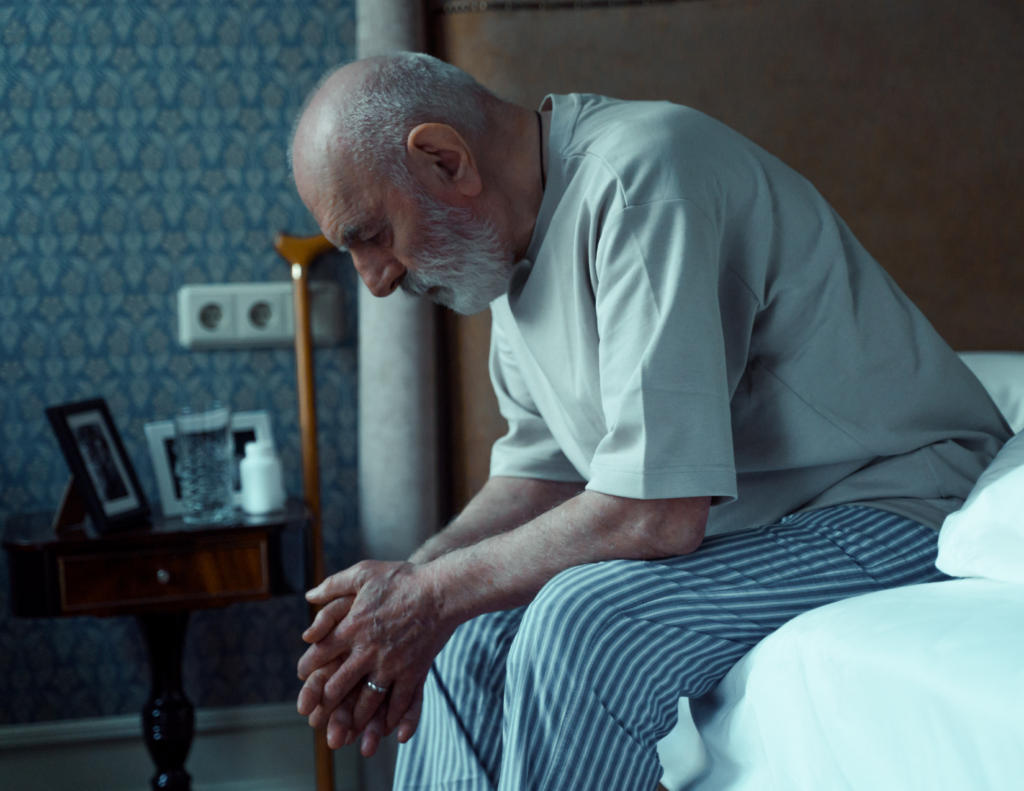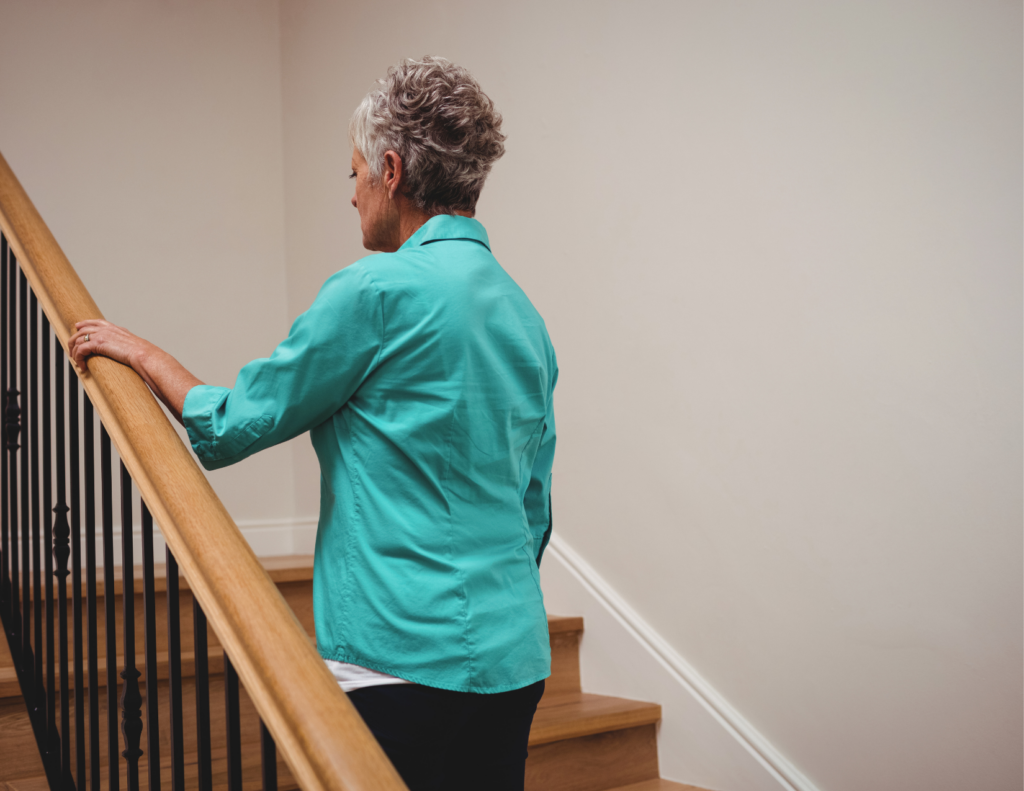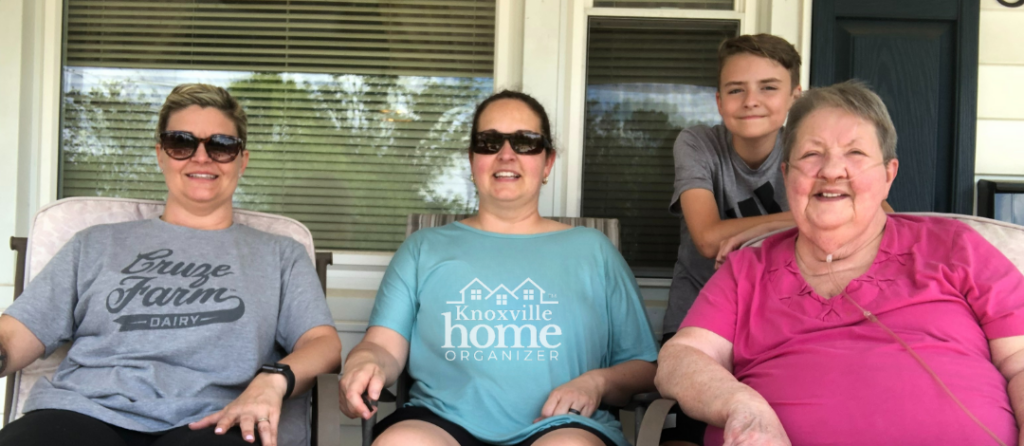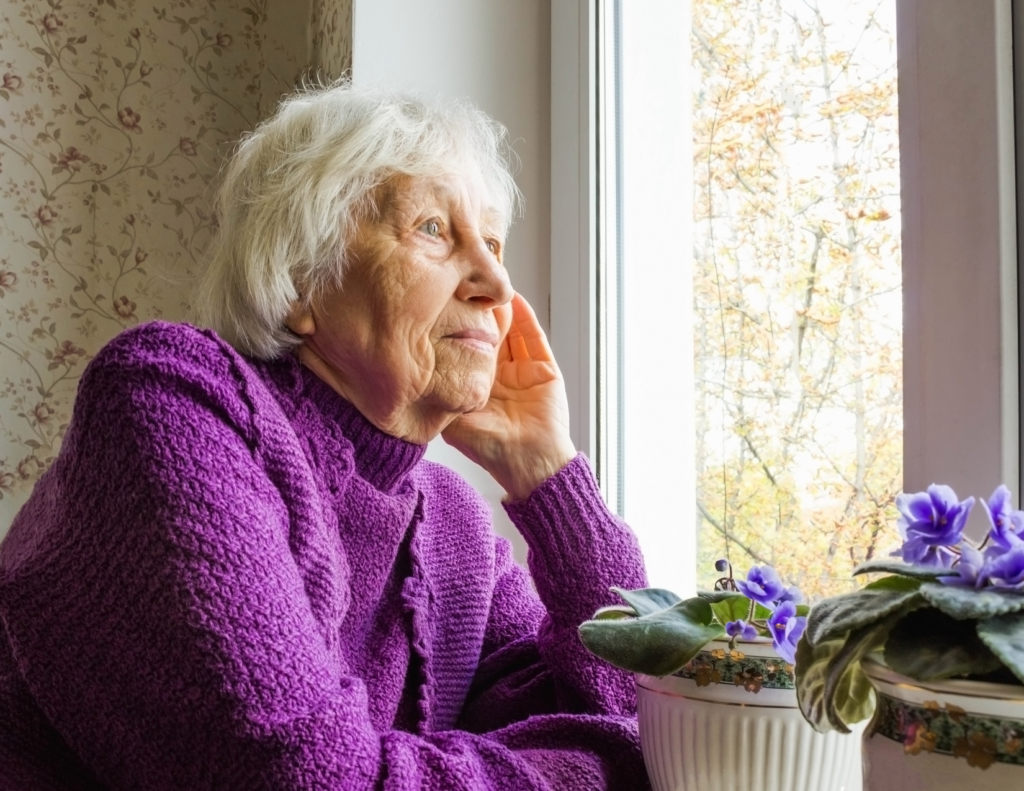
Visiting your aging parents is often filled with familiar routines and treasured moments, like sleeping in your childhood bedroom or eating your mom’s famous pot roast. Yet, those same visits can also reveal subtle shifts in their health and independence—especially when it comes to mobility. Recognizing these changes early and taking proactive steps can help your parents maintain their independence, prevent falls, and remain safe in the home they love.
Mobility issues often develop gradually, making them easy to overlook. By knowing what to look for and addressing concerns with empathy and respect, you can create a safer, more functional environment for your parents. Here’s a relational guide to help you identify mobility challenges in your parents’ home before they lead to harm or loss of independence.
Signs of Mobility Challenges: What Adult Children Should Look For
Physical Movements

- Struggles with Transitions: Watch how your parent moves from sitting to standing or lying down to sitting up. Difficulty or hesitation can indicate muscle weakness, joint pain, or balance issues.
- Slower, Shuffling Walking Pace: A shortened stride, dragging feet, or shuffling can increase fall risk and signal a decline in strength or coordination.
- Holding Onto Furniture: Using walls, counters, or furniture for support while walking is a red flag for balance or stability problems.
- Difficulty on Stairs: If they hesitate, avoid stairs, or become easily winded, it could be a sign of decreased balance, lower extremity strength, or vision.
Activities of Daily Living (ADLs)

- Trouble with Basic Tasks: Struggling to carry groceries, reach overhead cabinets, or get into the shower may mean mobility challenges are impacting everyday independence.
- Avoiding Certain Areas: If your parent avoids an upstairs bedroom or basement laundry room, it might be due to difficulty navigating their home.
- Changes in Personal Appearance: Unkempt grooming or inconsistent hygiene can signal trouble standing long enough to bathe or difficulty getting to the bathroom.
Environmental Clues in the Home

- Cluttered Walkways: Pathways crowded with items may be an unconscious attempt to create “grab points” for stability.
- Unfinished Projects: Half-done tasks or general disarray could indicate that physical or cognitive challenges are interfering with daily activities.
- Worn Carpets or Rugs: Curling corners or skid marks might mean trips and frequent stumbling have been occurring.
A few years ago, my twin sister and I saw these symptoms of a decline in mobility in our own mom. Fortunately, our mom was open to us coming alongside her to develop a plan to help her declutter and age in place. For more on my personal journey with my own mother’s aging needs, check out this post.

How Mobility Impacts Function in the Home

Mobility isn’t just about walking—it’s the cornerstone of independence. When movement becomes difficult, it can affect nearly every aspect of daily living:
- Kitchen Safety: Difficulty standing or reaching can make cooking hazardous, increasing the risk of burns or accidents.
- Bathroom Use: Poor balance and weakness can make bathing and toileting unsafe, leading to reduced hygiene or bathroom avoidance.
- Social Isolation: Struggles with mobility can prevent your parents from leaving the house, inviting friends over, or doing activities they once enjoyed.
- Emotional Well-Being: Mobility challenges often create frustration, fear, or embarrassment, leading to a loss of confidence or reluctance to ask for help.
Final Thoughts
By staying attentive to mobility challenges and taking action early, you can proactively help your parents avoid preventable injuries, maintain their independence, and age gracefully in the home they love. Like we discuss in our previous blog post, these conversations and observations may feel difficult at first, but they are an act of love that ensures their well-being and dignity. Addressing these issues early and often is key to maintaining your aging parents’ safety and independence.

If you’re feeling overwhelmed, know that you’re not alone. At Knoxville Home Organizer, we specialize in helping families like yours create safer, more functional spaces for aging parents through services like decluttering, downsizing, organization, move management, etc. When you are ready or if you just need extra support, let us be part of your support system as you navigate this journey together.
In your corner,

Allison and the KHO Team
Additional Resources on This Topic:
- How Adult Kids Can Talk to Their Parents about Aging in Place
- National Council On Aging – Falls Prevention
- Centers for Disease Control and Prevention (CDC) – Older Adult Falls
- AARP – Caregiving Resource Center
- National Institute on Aging (NIA)
If this post content has been helpful to you and you know someone else who would benefit from this content, would you please share it using the options below? Sharing is such a simple way to spread a little encouragement!
